In the wake of the smoldering, ongoing mess that was the Note 7, there was an open question about whether Samsung would maintain the brand. After two recalls totaling one million phones in the U.S. and an endless parade of bad headlines, it was a PR nightmare from which is seemed it might be impossible to return.
For Samsung, however, it seems there was never any question. The Note would be back, and it would be bigger than ever. Unveiled today at an event in New York City, the Note 8 brings an even bigger screen than its predecessor, at 6.3 inches to the Note 7’s 5.7 inches. That’s a full inch larger than the original Galaxy Note, which seemed impossibly large when it debuted back in 2011.
The phone’s giant surface means, among other things, more room for cameras. With the Note 8, the company has finally embraced the dual rear-facing camera trend. Rather than sporting a secondary black and white lens for improved picture quality (à la the Moto Z and Essential handset), the company has adopted the more tried and true wide angle lens, coupled with a telephoto lens (both 12 megapixels).
Interestingly, the phone actually keeps two copies of each photo by default. That means you get a close-up version and one that shows the entirety of the background. It also means you can continue to futz with the image’s depth of field after the picture is taken, along with preview mode. Of course, saving twice the images effectively doubles the storage space they occupy — though with 64GB of on-board storage expandable up to 256GB, that may be a moot point for many.
None of the additions are radical upgrades from the last Note. In fact, it seems that company has added features as a way of helping distinguish the device from the rest of the Galaxy 8 family. Those lines certainly blurred when the company introduced the S8+, which eclipsed the Note 7 with a 5.8-inch screen and was seen by many as a surrogate while the original Samsung phablet was temporarily off the market.
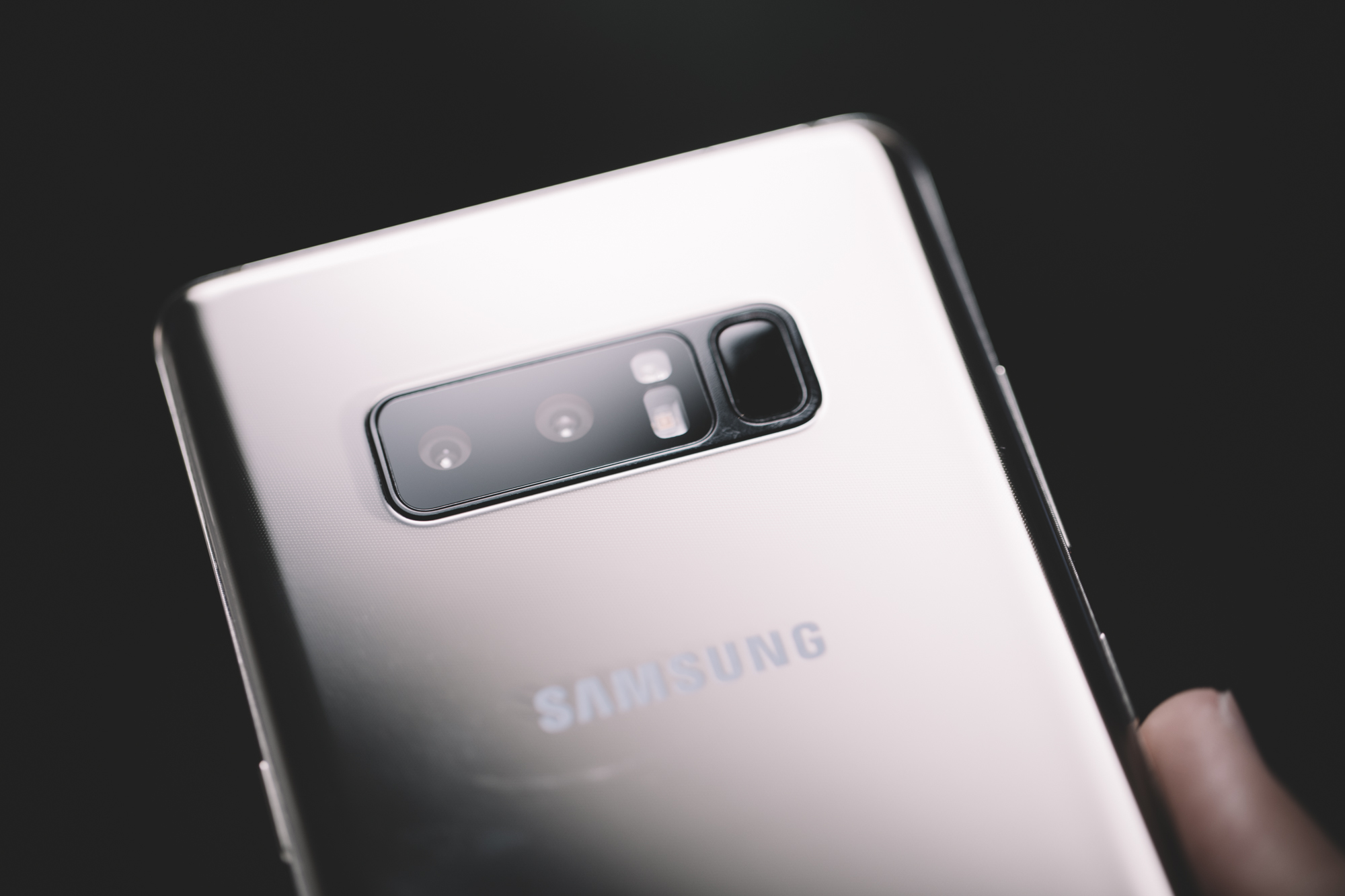
The lines are further blurred by the unification of design language that really kicked into place with the Galaxy S7. That, coupled with the implementation of the Infinity Display across the line, meant the Note would have to do more to set itself apart and justify more premium pricing. The key differentiators here are screen size, the addition of a second camera and, of course, that iconic staple, the S Pen.
This time out, Samsung’s stylus (don’t call it a stylus), has a thinner tip and increased pressure sensitivity. It’s also learned a couple of neat new tricks, like infinite scrolling for screen memos while the display is off and the ability to create animated GIFs out of handwritten notes. None of this is particularly groundbreaking — if anything, it’s an exercise in caution.
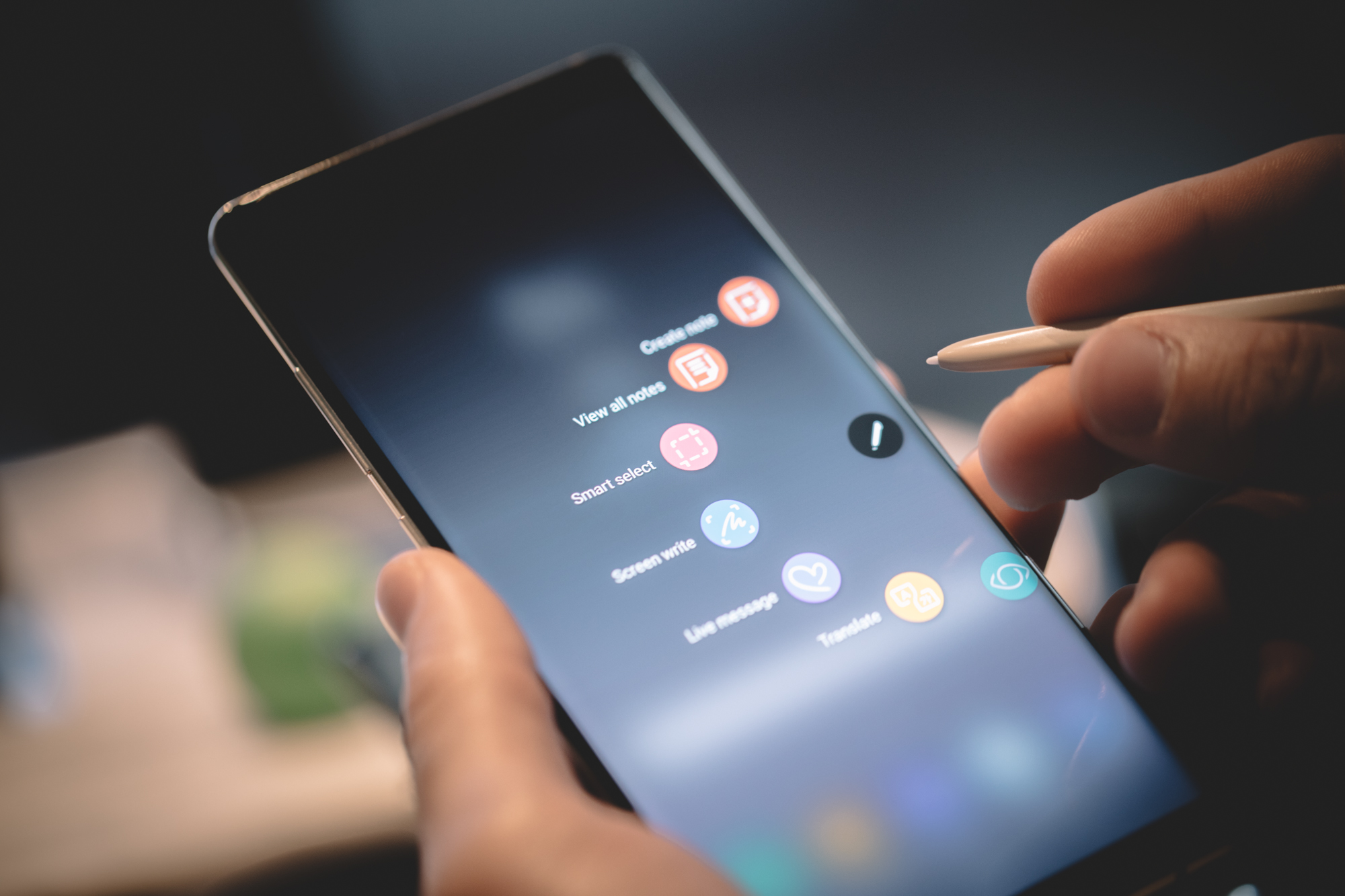
I asked a rep for the company if he could point to any ways in which the battery issues of the past year impacted the design of this model. The answer primarily revolved around the safety checks the company has been detailing for half a year, coupled with added third-party testing from Underwriters Laboratories (UL), the safety checking organization with the ubiquitous seal of approval.
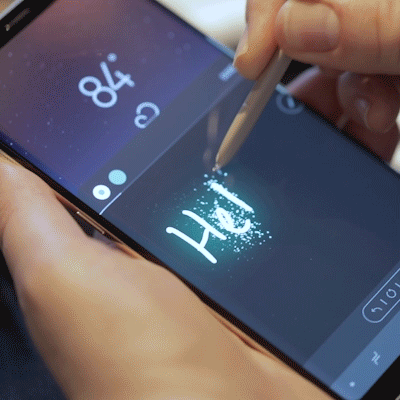
Beyond the safety checks, though, it certainly seems as if Samsung’s practicing an abundance of caution here. The Note 8 doesn’t bombard the user with new features the way its predecessor did, and many of the updates on board were already introduced in the S8/S8+. That list includes Bixby, which once again has its own devoted button on the side of the phone. Though this time out, it has the decided advantage of actually launching with the voice functionality that was sorely missed with the S8 launch.
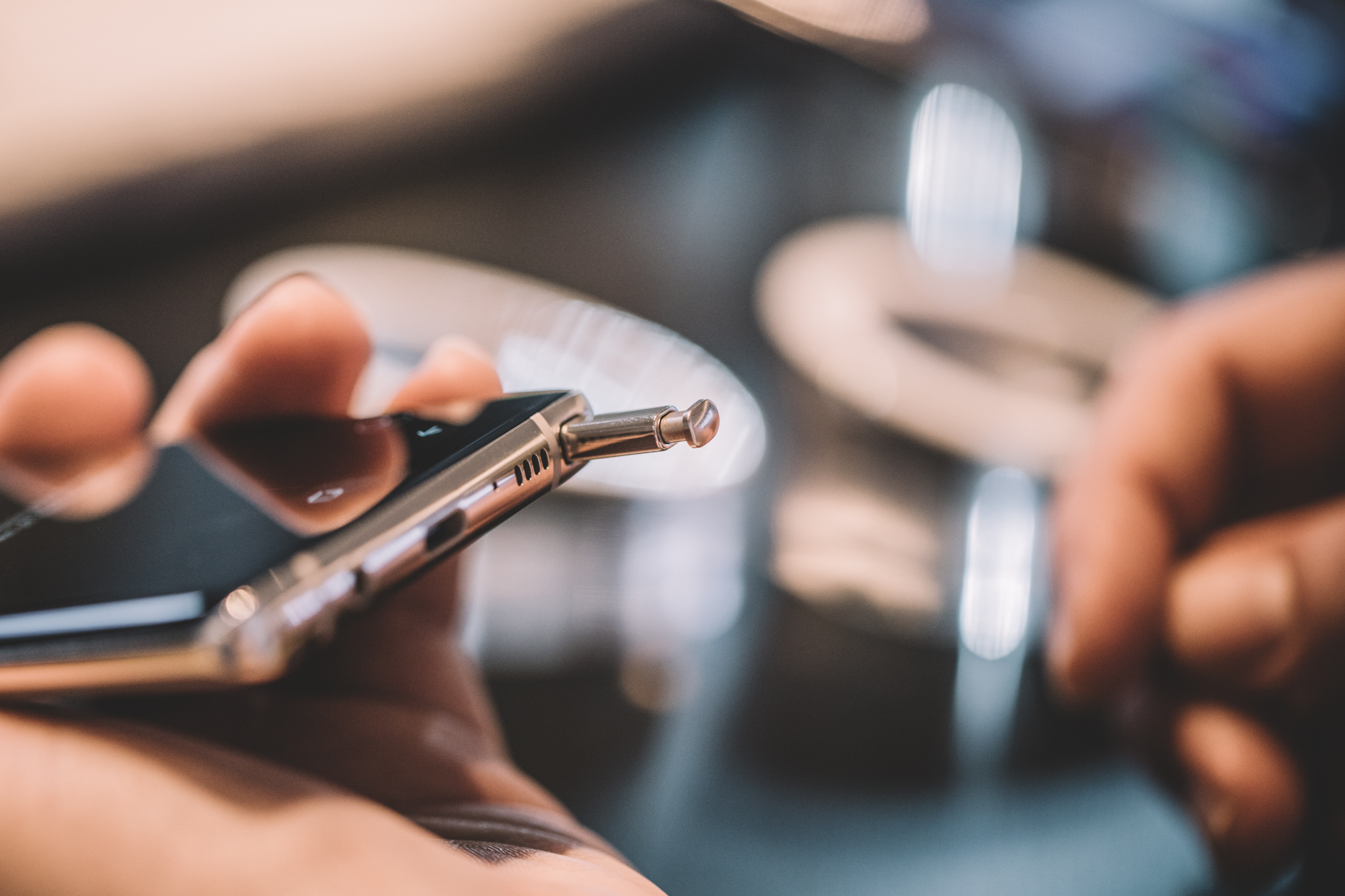
Samsung tells me that around 30 percent of S8 owners have since enabled that functionality with the update. The company says that’s higher than they anticipated, but that doesn’t actually strike me as a deluge of consumer confidence around Samsung’s proprietary smart assistant. Perhaps shipping with it out of the box will help drive that number up.
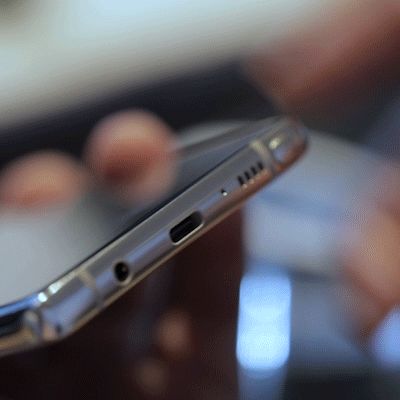
In terms of caution, there’s no more obvious example of this than the battery. At 3,300 mAh, it’s a step down from the Note 7 and S8+, both of which sported 3,500 mAh. Samsung says the new processor means users will still be able to get “all day battery life” and that the decision was made in order to keep the phone’s footprint down and make room for the S Pen. But it certainly feels like the company made a concerted effort not to fly too close to the sun this time out.
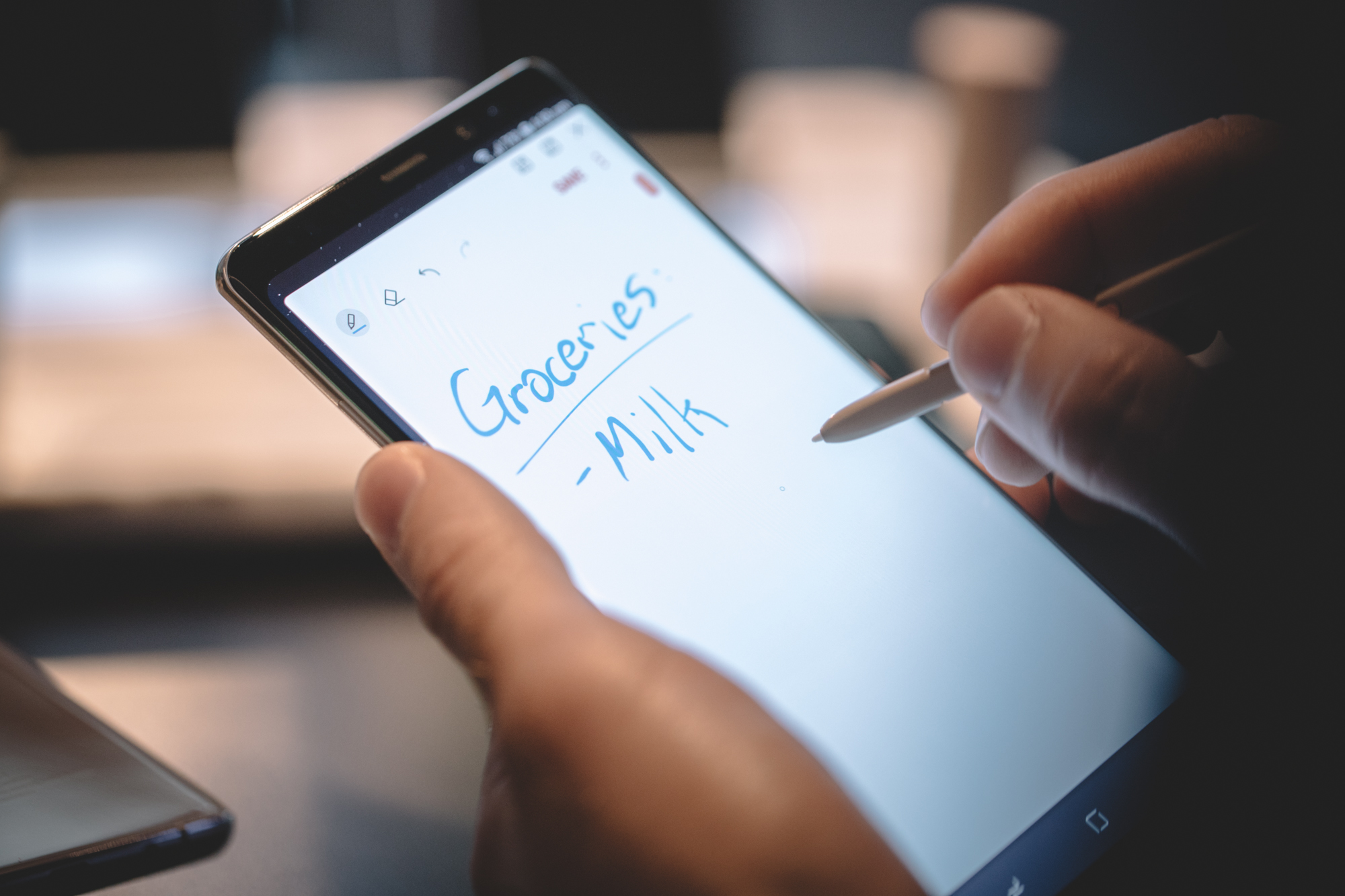
In spite of all that’s transpired in the past year, Samsung doesn’t appear to have any doubt about consumer willingness to embrace the Note line once again. In a brief ahead of today’s announcement, the company showcased an ad tied to the device intended to reflect that confidence. In it, customers discuss how much they love their Notes, and how bummed they were to surrender them. “They literally had to make me release the Note 7,” one tells the camera.
It’s intended to impart the idea that Note loyalists were less angry or disappointed about the whole exploding battery business than they were the fact that they had to give up their devices. Perhaps there’s enough water under the bridge at this point, but it feels similarly tone-deaf as the “Give the People What They Want” ads the company ran when it announced its new safety check system.
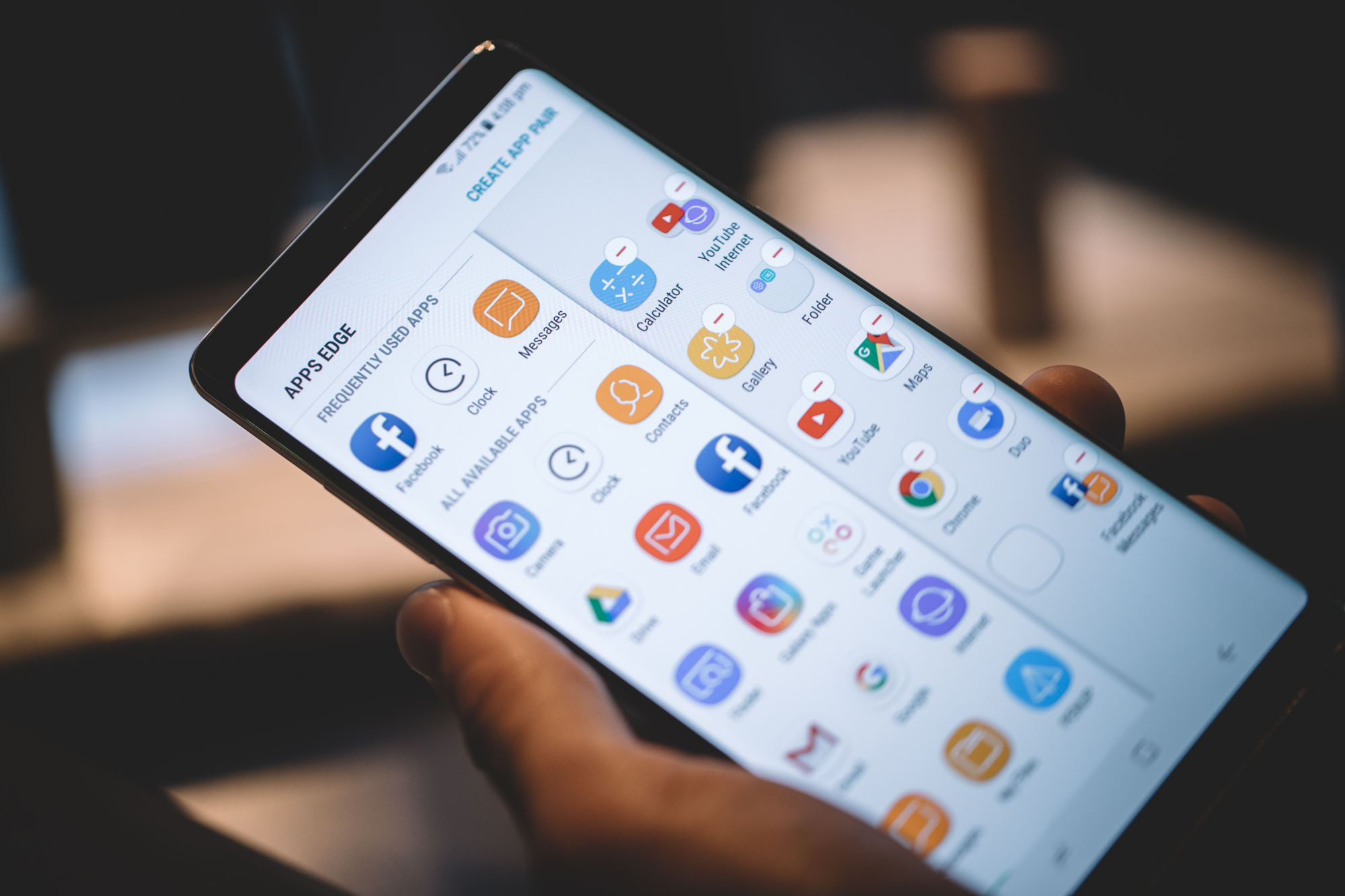
But the company insists that internal surveys have identified a sort of unwavering loyalty toward the brand, and most analysts anticipate that the Note 7 debacle will ultimately prove little more than a blip on the radar for the line. Certainly Samsung’s financials over the past few quarters bolster the image of a company that barely even stumbled, even after the Note 7 became part of pre-boarding announcements on every flight.
That said, the company isn’t offering any specific incentives for Note 7 buyers/surrenderers. Or at least it hasn’t announced them at the time of this writing. Instead, it will be offering the usual incentives for those who get in early, bundling the phone with either the new Gear 360 camera or a combo memory card and charging base for users who order the phone before September 24.
Pre-orders start tomorrow. The phone will start shipping September 15. Pricing is still forthcoming.
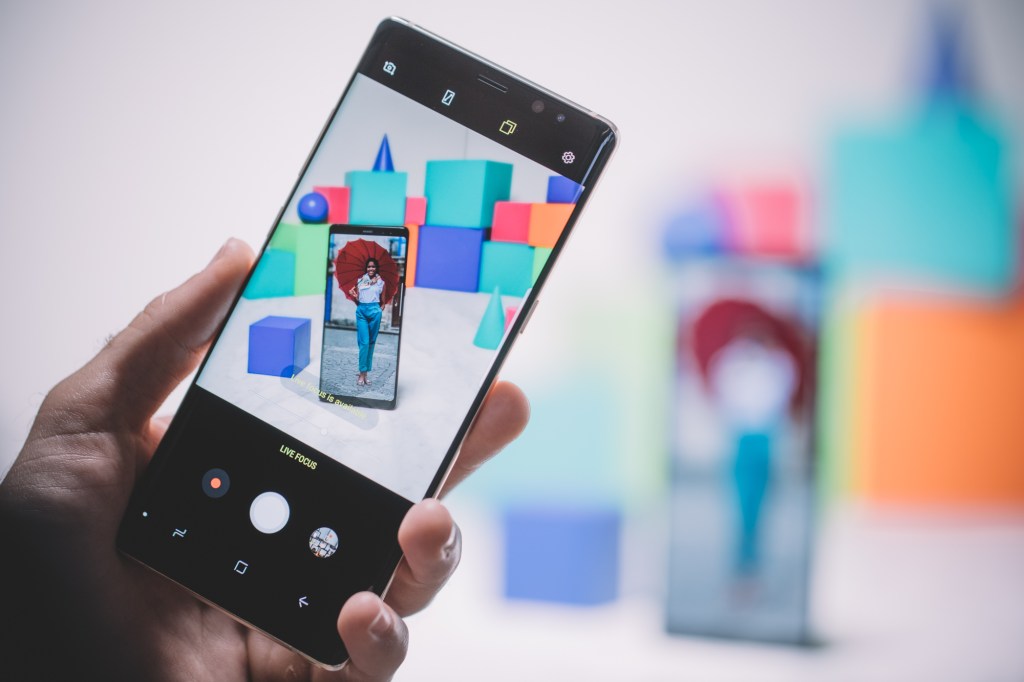


















































Comment